SUMMARY
This is AI generated summarization, which may have errors. For context, always refer to the full article.
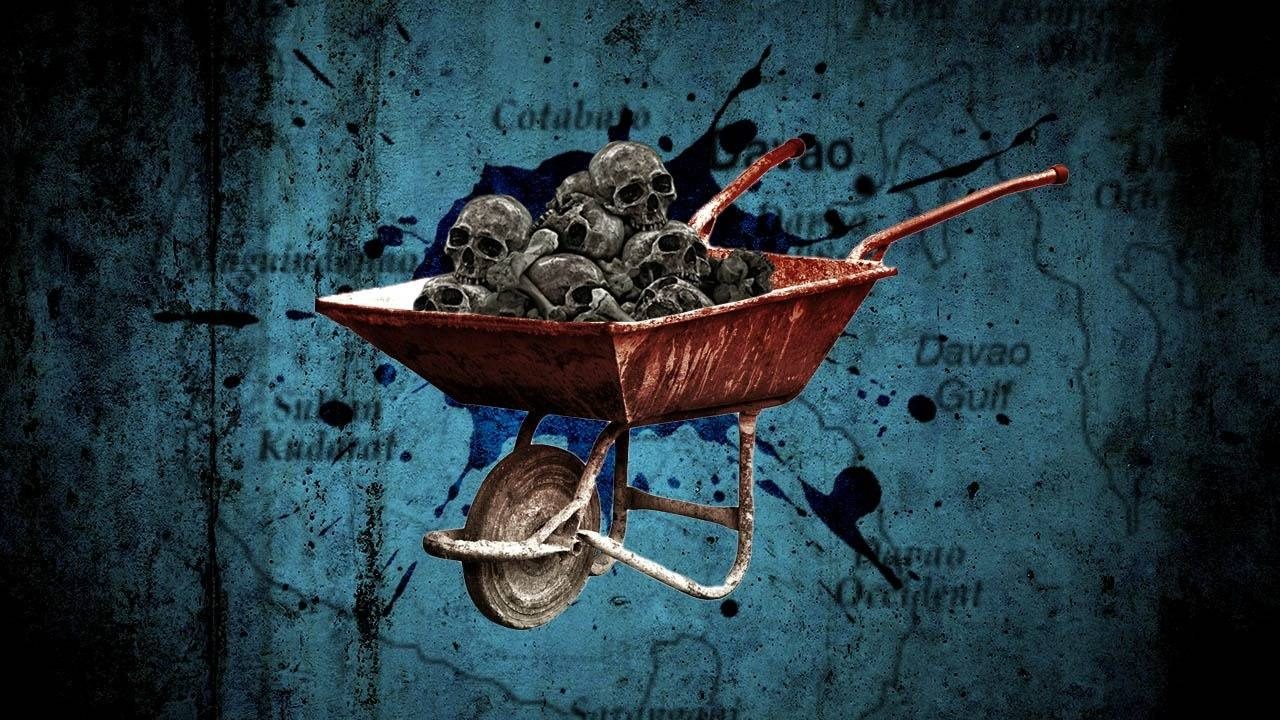
When a death squad maintained by the mayor of the Philippines’ largest city goes on a killing spree, where do they bury the bodies?
For their biggest dumping ground – where hitmen had confessed to having buried thousands – the notorious Davao Death Squad (DDS) had a six-hectare quarry owned by policeman Bienvenido Laud in Barangay Ma-a.
In an affidavit submitted to the International Criminal Court (ICC) in October 2020, a copy of which was obtained by Rappler, former DDS insider Arturo Lascañas detailed how the Laud quarry had become a “mass grave” for persons whom then-mayor Rodrigo Duterte had ordered them to kill.
At times, victims were brought alive and killed on site.
“Kill everyone, leave no one alive, so there would be no evidence,” then-Davao City mayor Rodrigo Duterte was said to have ordered them. “This has become our DDS motto,” Lascañas said.
Sought for comment on Lascañas’ latest affidavit, Malacañang told Rappler on November 3 that it “can’t respond to hearsay evidence.”
“We will respond if there’s evidence that would corroborate self-serving affidavits,” Presidential Spokesperson Harry Roque said.
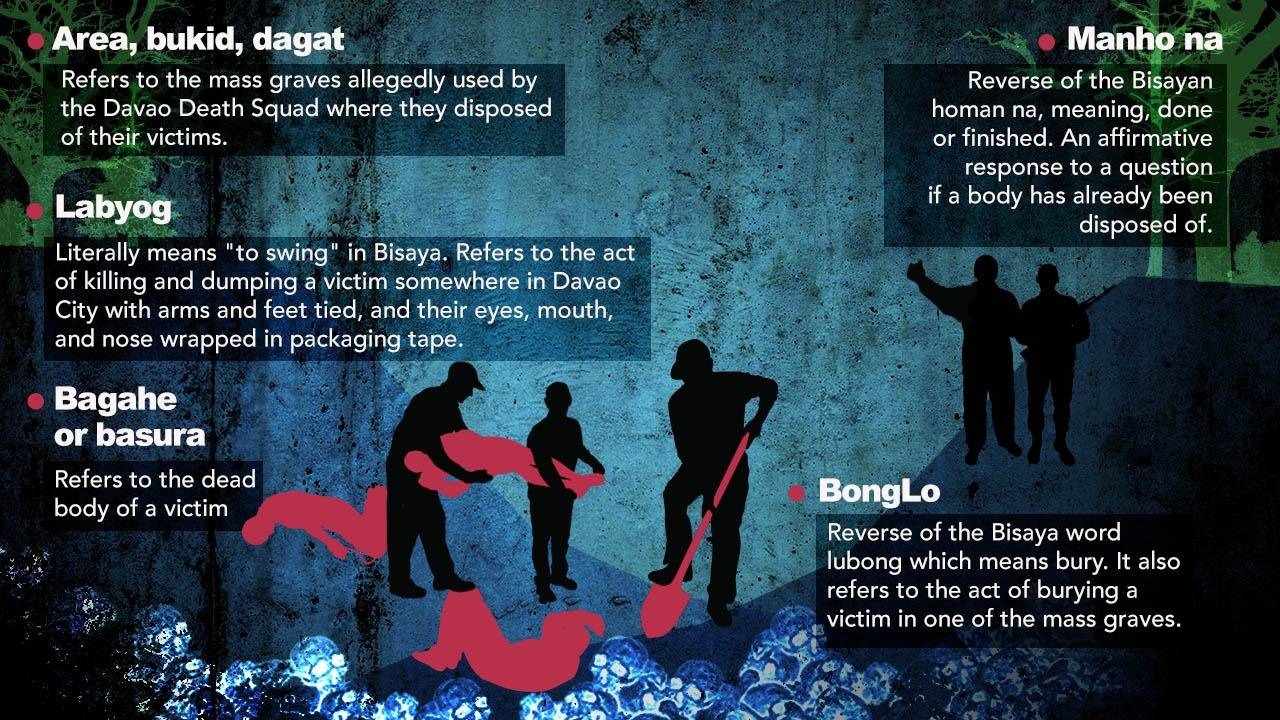
‘Prostituted’ grave
In his 186-page submission to the ICC, Lascañas provided graphic details of how, by Rappler’s own count based on his affidavit, the DDS killed at least 129 persons between 1988 and 2015. This was the period when Duterte was mayor of Davao City and just before he ran for president of the Philippines.
However, Lascañas said it was known that “thousands” had been buried in the Laud quarry because other groups involved in killings in the city also dumped the bodies of their victims there. This was why the place was also called “burikat mass grave” – prostituted mass grave.
Lascañas identified at least 20 who were still alive when they were brought to the Laud quarry, tortured, and eventually killed: the Patasaja family, at least six construction workers, a Davao City jail detainee, and suspected workers in an illegal drug laboratory.
“The Laud quarry became the common mass grave of all Duterte Death Squad members of different police special units and police stations in Davao City,” Lascañas said in his affidavit.
The quarry was “owned, maintained, and secured” by SPO4 Laud, “policeman-handler” of the DDS’ force multipliers. Seven other guards kept watch over the place.
Between 2009 and 2011, personnel who guarded the quarry allegedly “exhumed and reburied” skeletal remains of victims in different parts of the area.
In an October 2016 Senate hearing, Laud’s son, Alvin, denied the existence of the DDS and their involvement in the killings. His father, Bienvenido, was said to have been already bedridden by the time the Senate hearings were held.
There were three other dumping grounds for people killed by the DDS, but the Laud quarry was the most utilized by the group. (NEXT: Davao Death Squad buried ‘garbage’ bodies in these other dumping grounds)
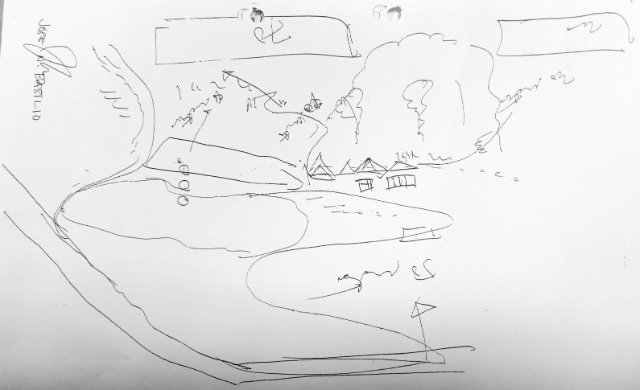
Turning point: Patasaja murders
The only common grave that remains “intact and untouched” is the one where members of the Patasaja family were buried. This kill mission haunts Lascañas to this day.
In an earlier affidavit, which he executed in February 2017, Lascañas said the Patasajas were abducted and killed because the head of the family was suspected of having kidnapped the wife of a local banker in Davao City.
When a DDS team that included Lascañas flagged Patasaja’s vehicle in General Santos City sometime between 1992 and 1995, they were surprised to find with him his wife who was seven months pregnant, his four- or five-year-old son, his 70-year-old father-in-law, a male relative helper, and their housemaid.
But upon the alleged orders of then-Davao mayor Rodrigo Duterte and Police Major Ernesto Macasaet, they killed the entire family, including the young boy, to make sure the gunmen would not be recognized in the future and be targets of revenge.
He recalled that Macasaet gave them “P200,000 as reward money from Mayor Duterte,” and instructed them to return to the quarry to check the area where the bodies were buried.
“We returned to Laud quarry and brought used oil which we put on top of the places where the bodies were buried to keep the flies away,” Lascañas wrote in his 2017 affidavit.
Since then, however, Lascañas said in an earlier affidavit, he had “constantly experienced disturbing appearances of a child with an angelic face looking at me and seemed asking for help. I drowned myself to drunkenness to remedy my secret agony, hoping that my mind would begin to be forgetful.”
Lascañas said he believes Macasaet already passed away, while the Davao City Police Office told Rappler he had retired.
In the 2020 affidavit submitted to the ICC, Lascañas said he could still pinpoint the Patasaja family’s grave. “The common grave now looks like a small mountainous place inside the Laud quarry” with boulders that probably prevented others from digging it up again.
Duterte himself visited the quarry
Lascañas’ information about the mass graves, including the Laud quarry, jibed with the details earlier provided by Edgar Matobato. Another self-confessed DDS gunman, Matobato filed affidavits with the National Bureau of Investigation (NBI) and the Office of the Ombudsman, and testified in Senate hearings in 2016, months before Lascañas publicly confessed his involvement in the operations.
Then-mayor Duterte himself went to the quarry to see to it that high-profile targets were killed, Matobato said in an affidavit in December 2016.
Matobato, who was confirmed to have worked closely with Lascañas, said the group indeed used the Laud quarry as killing and burial grounds for their victims.
He also said more than 1,000 victims were buried in the quarry. Out of this number, Matobato personally buried 200 to 300 bodies, according to an affidavit he filed with the Office of the Ombudsman in 2016.
The relevance of the Laud quarry in the alleged operations of the DDS did not emerge only in the 2016 Senate hearings, however.
In 2009, at least two DDS whistleblowers submitted to the Commission on Human Rights (CHR) their respective affidavits, wherein they described what they saw in the quarry site. Rappler obtained copies of these in 2017.
Jose Basilio, a rebel returnee who also tagged himself as a former civilian auxiliary member of the Anti-Crime Unit, said at least 13 victims “were killed in my presence and I was always part of the team that dug the soil and buried the bodies.”
The victims allegedly consisted of suspected drug pushers, petty criminals, and even alleged terrorists involved in bombing incidents in Davao City. They were usually “hogtied and blindfolded” before being killed.
A certain Ernesto Avasalo, who described himself in his affidavit as an “asset” of Laud, said that he witnessed six men slaughtered like pigs in December 2005. He was then allegedly instructed by Laud to transfer and bury the bodies somewhere in the quarry.
CHR search
The Laud quarry was also the subject of a search conducted by the CHR in 2009, then headed by now-Senator Leila de Lima, as part of its investigation into DDS killings. The search yielded “several human bones and skeletal fragments.”
In her personal notes from 2009 obtained by Rappler, De Lima wrote that “the exhumation…was not without human costs.” She said at least three people were allegedly killed after being accused of participating in the quarry investigation and aiding authorities during the search.
Matobato, in his affidavit submitted to the NBI in 2016, said that the people operating the quarry already exhumed and transferred the human bones to another location before the CHR inspection.
This CHR effort led to a legal battle between the commission and Laud. The quarry’s owner was represented by lawyer Vitaliano Aguirre II, whom Duterte, as president, would eventually appoint as his first justice secretary.
The Supreme Court in 2014 upheld a search warrant granted in relation to six victims allegedly buried in the Laud quarry.
A source privy to the investigation said that, despite getting a go-signal from the High Court, a search of the quarry was no longer pursued, partly because the killings in Davao City “went out of the radar.” Besides, De Lima was no longer the CHR chairperson, taking on a bigger role as justice secretary under the Aquino administration.
Years later, under the Duterte administration, the spotlight was again shone on the DDS killings and the Laud quarry after Matobato’s confession. But Aguirre, already the justice secretary in 2016, said that “the bodies did not prove anything.”
While Duterte’s allies denied the existence of the DDS, Aguirre ordered the NBI in 2017 to coordinate with the International Police Organization (Interpol) to track down and arrest Lascañas, who had gone into hiding.
Aguirre resigned from his post as justice secretary in 2018 following high-profile controversies. But Duterte appointed him in January 2021 commissioner of the National Police Commission.
Despite the findings of the CHR probe and the confessions of gunmen who buried their victims, nobody has been held to account for the Laud quarry’s part in Davao City’s rather dark side. – Rappler.com
Contributors to “THE LASCAÑAS AFFIDAVIT | ‘I KILLED FOR DUTERTE’” series: Lian Buan, Jodesz Gavilan, Glenda M. Gloria, Chay F. Hofileña, Pia Ranada, Rambo Talabong
Read and watch the stories in this series:
- THE LASCAÑAS AFFIDAVIT | ‘I killed for Duterte’
- ANG LASCAÑAS AFFIDAVIT | ‘Inutusan akong pumatay ni Duterte’
- DDS insider links Rodrigo Duterte, Michael Yang to drug trade
- First in PH history: ICC grants limited immunity to Duterte accuser Lascañas
- Davao shabu lab raid: ‘Eliminate them all’
- Green Heights roundup: Workers killed for possibly knowing about shabu lab
- Why the Laud quarry, ‘mass grave’ for DDS victims, haunts Lascañas
- Davao Death Squad buried ‘garbage’ bodies in these other dumping grounds
- Duterte hitmen confirm Lascañas’ stories of Davao killings
- ‘Deny everything’: Cayetano, Dela Rosa prepared witnesses for Senate DDS probe
- Duterte as ‘Superman’: Lascañas details Davao Death Squad operations
- ‘I hold the truth’: Ex-Davao hitman Arturo Lascañas is not afraid of Rodrigo Duterte
- WATCH: Who is self-confessed Davao Death Squad member Arturo Lascañas?
- NEXT: Duterte promotes alleged key Davao hitmen to national posts
Add a comment
How does this make you feel?
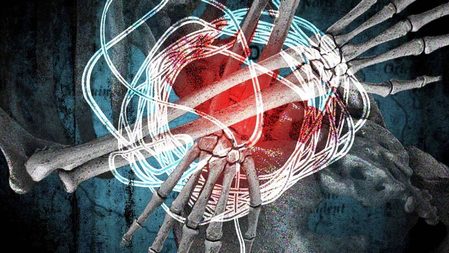
![[The Slingshot] Alden Delvo’s birthday](https://www.rappler.com/tachyon/2024/04/tl-alden-delvo-birthday.jpg?resize=257%2C257&crop=263px%2C0px%2C720px%2C720px)
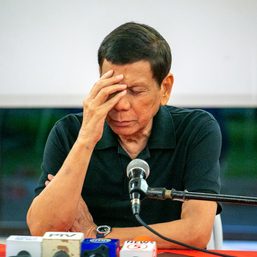

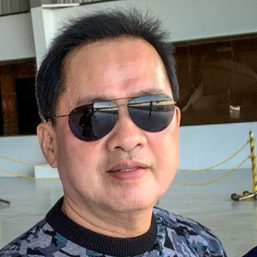
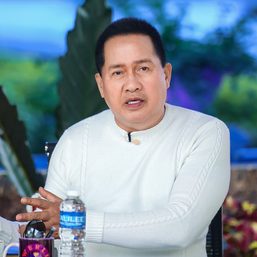
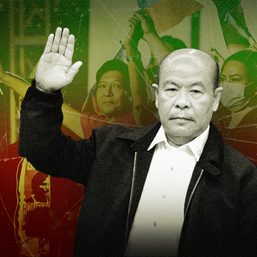
![[The Slingshot] Rodrigo Duterte’s one last act of corruption](https://www.rappler.com/tachyon/2023/12/duterte-300-guns-december-22-2023.jpg?resize=257%2C257&crop=403px%2C0px%2C1080px%2C1080px)
![[The Slingshot] The 1 valiant Davao group that stood up to Duterte](https://www.rappler.com/tachyon/2023/08/CASE-TL-aug-12-2023-1.jpg?resize=257%2C257&crop=274px%2C0px%2C720px%2C720px)
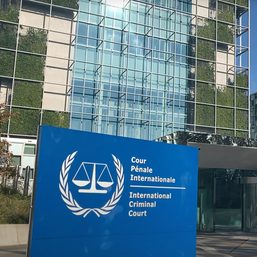
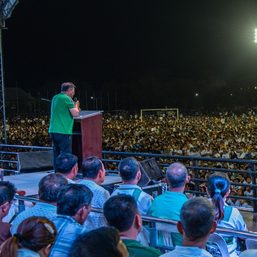
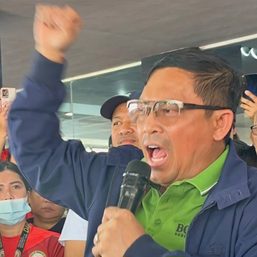
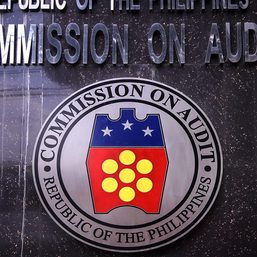
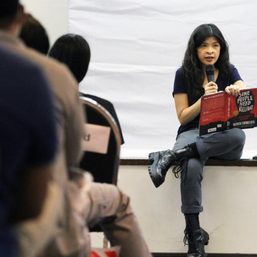
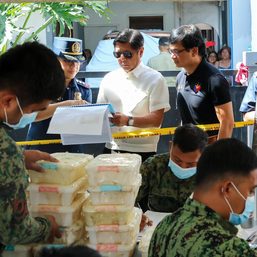
![[OPINION] ‘Some people need killing’](https://www.rappler.com/tachyon/2024/04/tl-some-people-need-killing-04172024.jpg?resize=257%2C257&crop_strategy=attention)
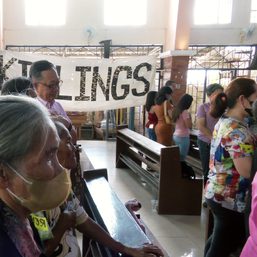
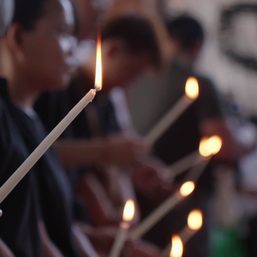
There are no comments yet. Add your comment to start the conversation.